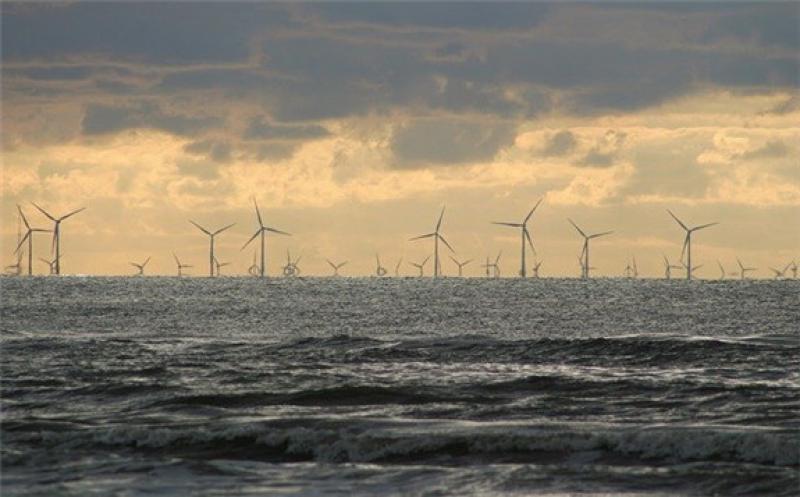According to the results of the EU research project PROMOTioN, technologies for a meshed high voltage direct current (HVDC) offshore wind transmission grid in Europe are ready for use. However, political will and action at all stakeholder levels is needed now.

The EU-funded Horizon2020 project ‘Progress on Meshed HVDC Offshore Transmission Networks’ (PROMOTioN) presented its research results at a final online conference.
The event, titled North Sea Grid for the European Green Deal: How to unlock Europe’s Offshore Wind potential – a deployment plan for a meshed HVDC grid, marks the culmination of over four years of practice-oriented research and full-scale technology demonstrations on integrated offshore HVDC transmission grids by 34 international project partners who represent the whole industry value chain.
The project has demonstrated that the necessary technologies for a meshed HVDC offshore wind transmission network are ready for use, but that political will and more European cooperation are needed to develop the regulatory and technical frameworks necessary to implement them.
Report findings
Hardware-based technologies such as HVDC circuit breakers and HVDC gas insulated substations are ready for use and can be manufactured industrially immediately.
Software-based technologies such as HVDC system control and HVDC system protection have been proven to work and to be interoperable, and are considered ready for a real-world pilot.
Further research is outlined to improve performance and whole system integration.
The next step is to develop full-scale pilot projects at sea. Such a development would accelerate the much needed uniform DC grid code and specify system operation guidelines, agreement on high level technical system characteristics (such as operational configurations, voltage levels, system earthing, and converter configurations).
UK and Norway ideally should be included in the development of joint offshore wind transmission grids in the North Sea and the Irish Sea.
Coordinated, multi-purpose, interconnected HVDC transmission infrastructure is the most socio-economically optimal way to integrate this offshore wind energy into the existing transmission infrastructure.
Joint European offshore wind and transmission projects can thus be an essential component of the Green Recovery plan.
Andreas Feicht, state secretary at the German Ministry of Economy and Energy and keynote speaker of the conference, said: “The PROMOTioN-project played an important role in providing input on how offshore wind and the necessary grids and market rules have to be established in Europe.
“We invited PROMOTioN researchers to contribute to the discussions in the North Seas Energy Cooperation under German Presidency, earlier this year. The results of the PROMOTioN project are therefore very timely: the project partners’ work on developing a common vision for a North Sea offshore grid, the necessary technical standards, and the regulatory and economic framework provides valuable input for our political discussions in the North Seas Energy Cooperation and in the European Council, as well as domestically.”
Catharina Sikow-Magny, European commission director of Internal Energy Market – DG Energy and keynote speaker of the conference, added: “Offshore Renewable Energy is at the core of the transformation of the energy sector and of reaching the European climate goals. Offshore wind is likely to impact the decarbonisation of the wider economy through increased electrification of other sectors as well, such as heating and transport.
“Europe needs strong coordination and cooperation on planning processes beyond national borders to be able to tap into the potential of offshore renewable energy. The comprehensive work by PROMOTioN on offshore meshed grids provides valuable input to the Commission’s work.”
Traditionally, offshore wind farm export links and interconnectors have been realised as point-to-point connections. However, as we become increasingly dependent on wind power generation and interconnection capacity with other countries, meshed offshore grid topologies are being considered to enable efficient, economical, and reliable transmission offshore.
Due to the high power levels and long distances involved, high voltage direct current technology, also known as HVDC, is likely to be employed, requiring converter stations both on- and offshore.